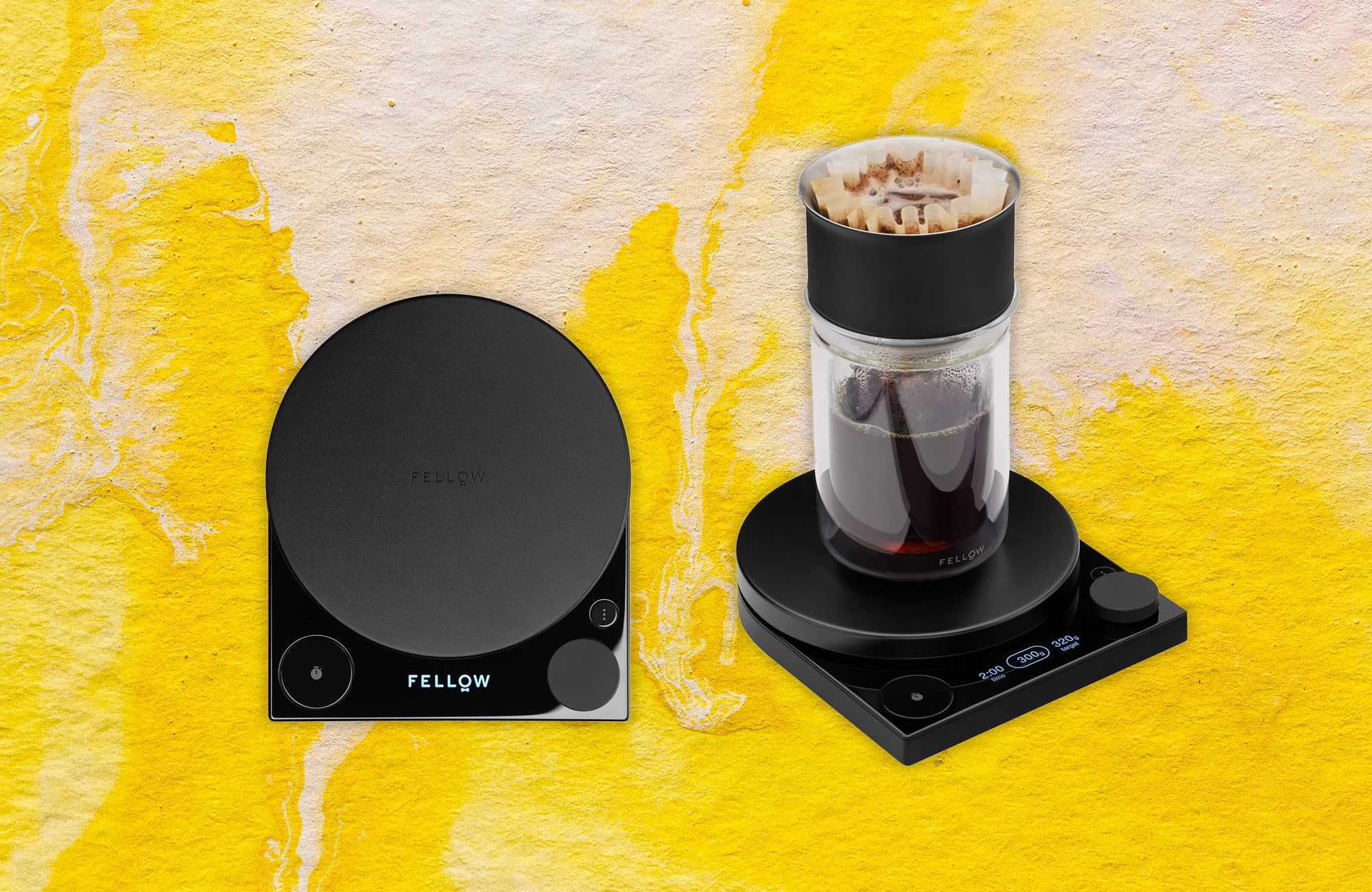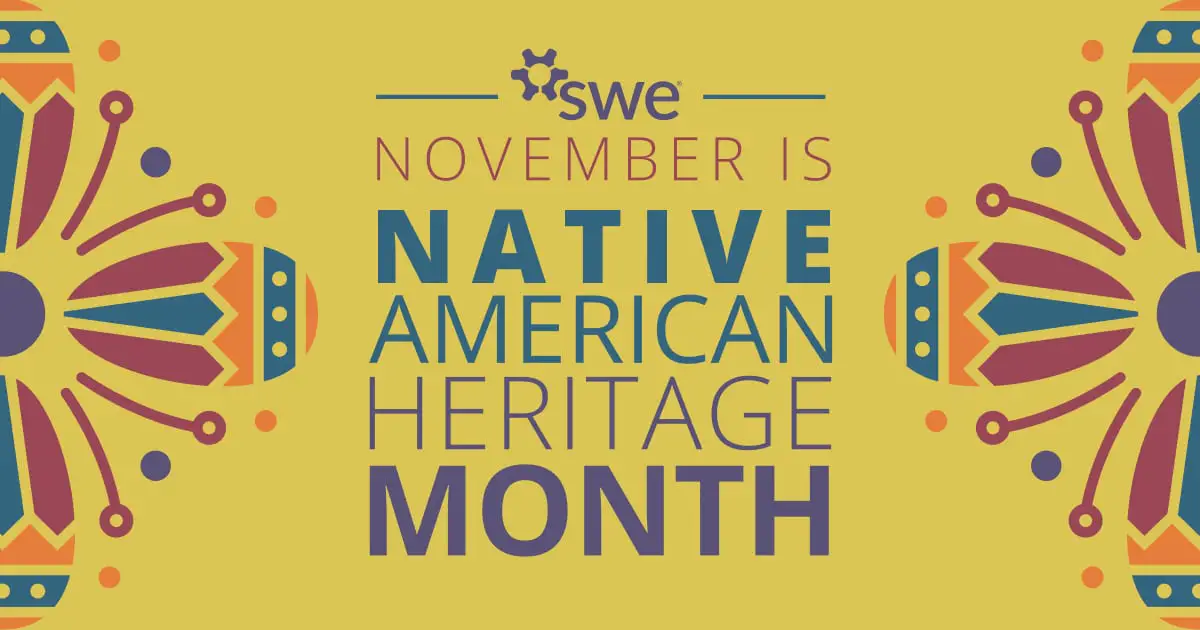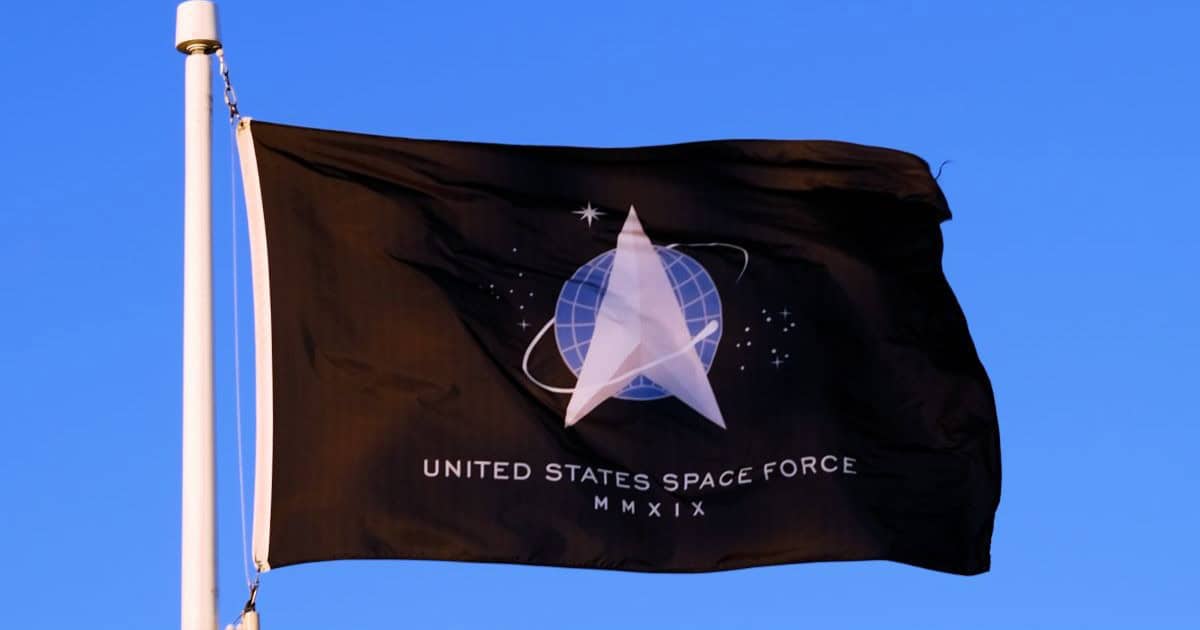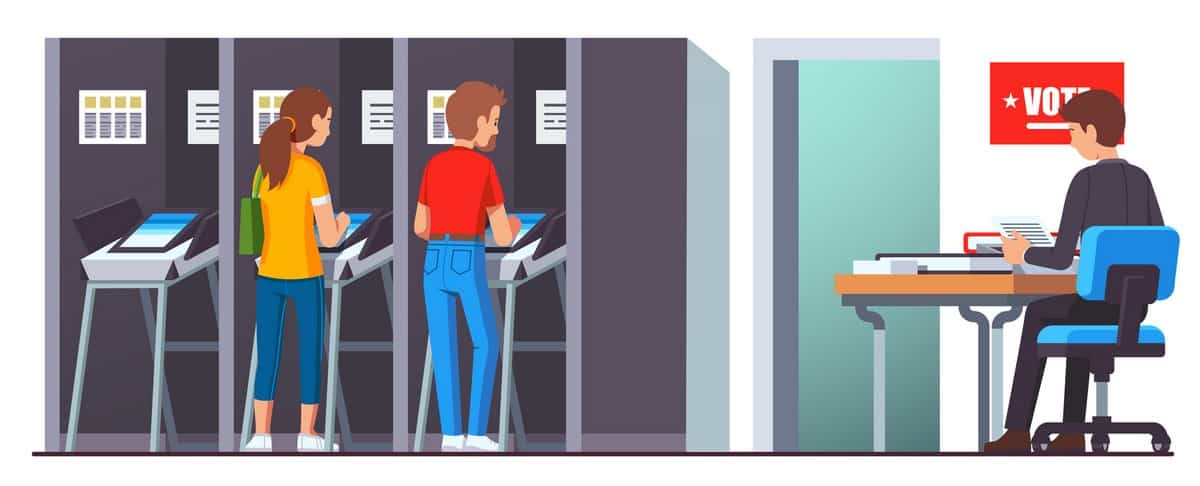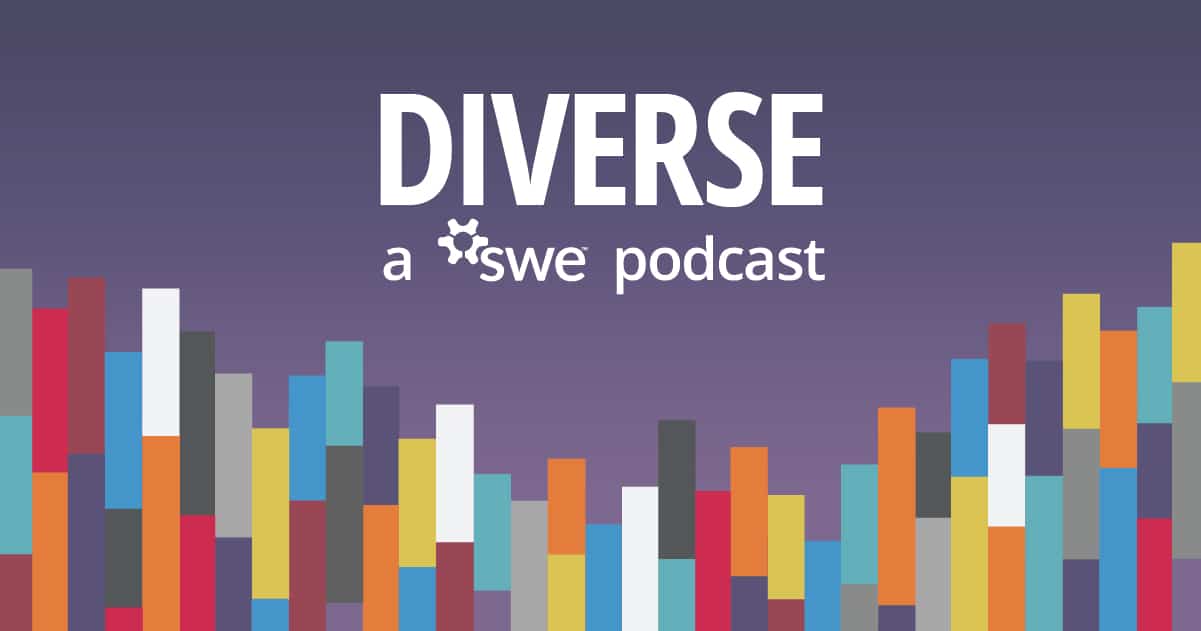To make sure the Tally Pro was as useful as I thought, I brought it to Diego Espinoza, retail director at Café Brújula in Oaxaca City, Mexico. The company’s cafés around town feature beans from many small producers, and I learned that recipes and ratios for each type of bean are created by a three-barista team.
I handed the scale to Espinoza, showing him the timer and scale functions, and noted how his eyes widened a bit when I showed him the brew assist function. To start, he pulled out a container of Brújula’s Maestros beans from producer Eva Gonzalez in Santa Cruz Acatepec. He began by grinding the beans on an Estrella hand grinder, a favorite of his even though there’s a pro-level electric grinder on the opposite side of the espresso machine.
Pulling a Chemex carafe down from a shelf, he set the ratio on the Fellow to 1:16 and weighted out 19 grams of grounds, at which point the screen displayed that we’d want 304 grams of water.
“Having the scale and timer readouts right next to each other is very useful,” he noted, before pausing to appreciate how the timer started with the first drop of water. “Normally, you start the timer and start pouring and they’re always a second or two off.”
I watched him get the hang of it and by the third batch of coffee, he was wholly proficient, the scale’s intuitiveness clearly helping him brew.
Together, he and I also figured out how to reverse engineer the machine to brew to a specific volume—like your favorite mug—something you could do with normal scale and a calculator, but was simplified using the Fellow.
“If you have your favorite cup, you can brew to that,” noted Espinosa. “My girlfriend loves using a huge cup.”
Fancy but Functional
Together, we considered how the Tally Pro compares to some of its notable competition. At Café Brújulas’ roastery, they use a Hario scale that combines the weight and time on one screen, but the features function wholly independent of one another, meaning the timer doesn’t start automatically when you begin pouring. The Hario’s scale is also far less sensitive.
“With the Hario, you can’t measure a single bean. The Fellow can,” Espinosa noted with surprise. Yet the Hario or other great kitchen scales cost about a third as much, a ratio that does not work out in the Fellow’s favor. On the other end of the spectrum, Acacia’s Pearl costs $150 and while it doesn’t do the ratio thing, it helps you pour at a specific speed, aka the “flow rate”—something pour-over people appreciate.
Finally, Espinoza and I puzzled out the Fellow target audience for the Tally Pro. While something like the Acacia might be better for baristas who make the same set of drinks over and over, he liked the Tally Pro for people like Brújula’s recipe development team members.
“They are always adjusting. This would save them some time,” he said. “At home, it would be good for someone who likes to have friends over and make different cup sizes of different coffees. It could also be great for people with coffee subscriptions, who are always getting different kinds of beans.”
“If you always have the same coffee with the same recipe, you don’t need this. It’s too much information,” said Espinoza. “This is for coffee explorers.”
Beyond that, I really admired its wonderfully solid build. Even though it might be described as the love child of a record player crossed with a Roomba, it’s somehow still quite good-looking, both simple and understated. The readout doesn’t flutter like lesser scales sometimes do. We both really liked the ratio calculator, something that will always be useful. Plus, the more you use it, the more impressive and useful the intuitiveness becomes. With its scale and timer integration combined with a very pared-down interface, it’s always ready for the next step, meaning making great coffee becomes faster and easier.
I asked Espinoza if he’d buy it for himself, and that seemed to depend on how much spare cash he might have on hand on some theoretical date in the future.
“However,” he countered, “it would make a great gift for me.”

